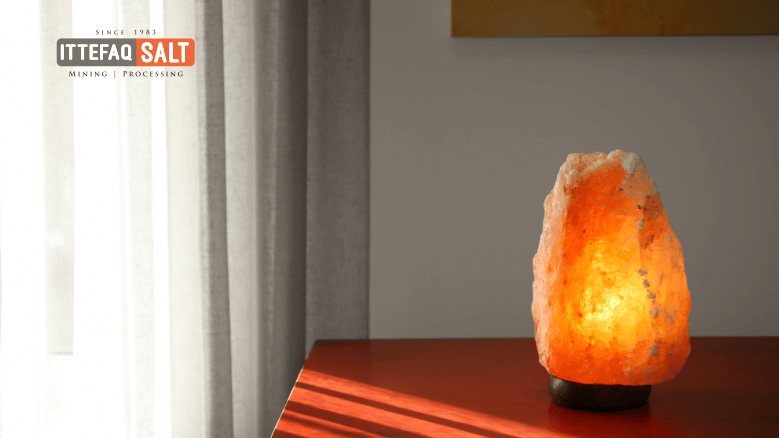
Himalayan salt lamps absorb moisture from the air due to their hygroscopic properties, so if left in an environment with high humidity levels, they may begin to feel damp and start leaking.
Though this is a common issue, the Himalayan salt lamp itself is not at fault. Rather, it's simply an indication that it needs to be cleaned up and dried.
Salt lamps in certain regions of the world may become damp due to their hygroscopic property, which pulls moisture from the air.
When this occurs, the exterior of your salt lamp may feel damp and even appear to be leaking water. Don't fret; these are simply salt crystals acting as moisture absorbers.
Natural processes like this are beneficial, as the salt absorbs all moisture in the air.
Himalayan salt lamp owners should store their lamps away from any water sources such as showers, washing machines or dishwashers.
By keeping salt lamps dry, any accumulated salt water will not drip from the lamp and prevent watermarks from appearing on furniture where the lamp is placed.
Salt is hygroscopic, or moisture absorbs from the air. A Himalayan salt lamp helps purify the atmosphere with this natural feature but may melt if placed in high-humidity areas like bathrooms and laundry rooms where water easily drips off of it.
When this occurs, it can be an annoyance and potentially lead to damage to your lamp. However, there are ways of avoiding this from happening in the first place.
Generally, keep your lamp turned on at all times to help prevent melting as the heat generated by the bulb will quickly evaporate any condensation water that has built up inside of it.
It's essential that the bulb does not touch the inside surface of the crystal, as this could cause it to melt or break. Furthermore, excessive movement of the bulb around can jostle against its interior surface and damage both glass and filament.
Sweat, or perspiration, is the body's way of cooling itself off. Composed 99% water with 1% salt and fat, sweat plays an integral role in helping regulate body temperature.
Our bodies contain several million sweat glands throughout our bodies, such as those under our skin and in the armpits. These glands are connected to the surface through ducts, and when activated they produce oily-looking secretion.
Aside from keeping us cool, sweat also helps eliminate waste and excess sodium from our bodies. Sweat is mostly water with less than 1% salt content, which leaves through pores in the skin.
Sweating is normal, but excessive sweating can lead to dehydration and an imbalance in sodium levels, potentially resulting in health issues like headaches, nausea and dizziness. Therefore, it is essential to understand what causes excessive sweating and how to manage it effectively.
If you live in a humid area, your salt lamp may leak water or sweat. While this is entirely normal in hot climates, the damage this can do to both the lamp and any furniture around it.
If your salt lamp is leaking excessively, there are some quick fixes that can help. These include avoiding places with high humidity levels, keeping it on 24/7, using a higher-watt bulb in the lamp to increase heat output, and considering investing in a dehumidifier.
Alternatively, you can simply turn on the lamp to evaporate excess moisture. Scrape off the base as water vaporizes from it to prevent sticky residue from accumulating on furniture and floors.
Finally, you can clean your salt lamp to eliminate any dust or residue. It's a straightforward process; all that's needed is a lint-free cloth and some water.

Immerse yourself in architecture’s most boundary-pushing ideas—where innovative home improvements meet visionary urban developments. Discover new building techniques, materials, and creative concepts that are redefining how we shape our spaces on a global scale.